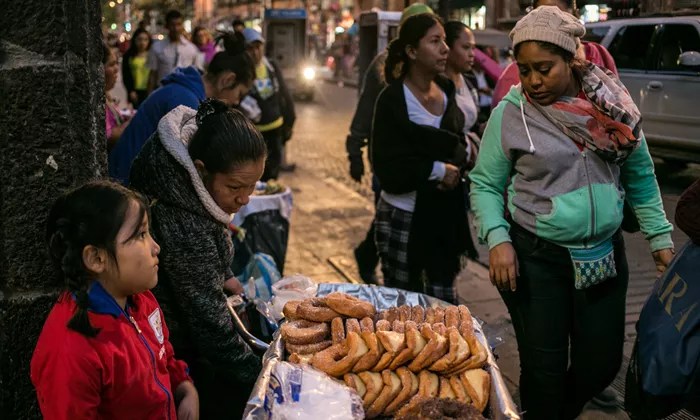In Mexico, diabetes is becoming a major health crisis—and women are paying the highest price.
Recent health data shows that nearly 12.4 million people in Mexico—about 1 in 10—were living with diabetes in 2022. It is now the country’s third leading cause of death. Unlike most countries where men are more often affected, women in Mexico are being diagnosed with diabetes at higher rates.
Experts say poverty, gender inequality, and lack of access to healthcare are major reasons. In many poor neighborhoods, women often wait until their symptoms become serious before seeking care—simply because early screenings are too hard to get. One study found that severe, insulin-deficient diabetes was more common in women, especially those without access to regular checkups.
The Human Cost
In Mexico City, 17-year-old Irene Ramirez begins each day by helping her grandfather with his insulin injection. She learned how after losing her grandmother to diabetes complications. Her story is just one of many.
In many parts of Mexico, families use soda instead of clean water to feed their babies, because it’s cheaper and more available. Mexico also has one of the highest sugary drink consumption rates in the world, especially among children. This sets the stage for long-term health problems, starting at birth.
Women in Mexico also face limits on how they can take care of their health. In some areas, violence against women makes it unsafe to exercise outdoors. In others, healthy food is too expensive or hard to find.
A Community-Based Response
One organization trying to make a difference is Project HOPE. Working with local schools and communities, they are creating programs to educate girls and women about diabetes and other chronic diseases.
In towns like Tlalnepantla de Baz, Project HOPE runs mobile health clinics and screening points, where women can get free checkups and learn how to manage diabetes. These clinics not only help with treatment—they also build support networks.
In some places, women who meet at the clinics have started evening jogging groups, where they feel safe exercising together. Others share tips on how to manage insulin or care for a family member with diabetes. These new communities help women take control of their health and lead others to do the same.
Project HOPE also partners with high schools to run health programs that teach teens about preventing diabetes. Young people like Ramirez are now taking leadership roles. She hopes to become a nurse and help her community stay healthy.
A Hopeful Future, But Work Remains
Last October, Claudia Sheinbaum became Mexico’s first woman president. She has already begun to fight gender inequality and push for healthier lifestyles, including public education campaigns on diet and exercise.
But experts warn that real change will require continued investment in women’s health and stronger health-care systems. Without that, Mexico’s diabetes crisis—especially among women—will only get worse.
For now, people like Irene Ramirez and programs like Project HOPE are showing what’s possible when communities come together. But they can’t do it alone.
Related topics:
- Diabetes Drug May Help Fight Prostate Cancer, Study Finds
- How Do You Get Type 2 Diabetes?
- How Are Type 1 and Type 2 Diabetes Similar?


